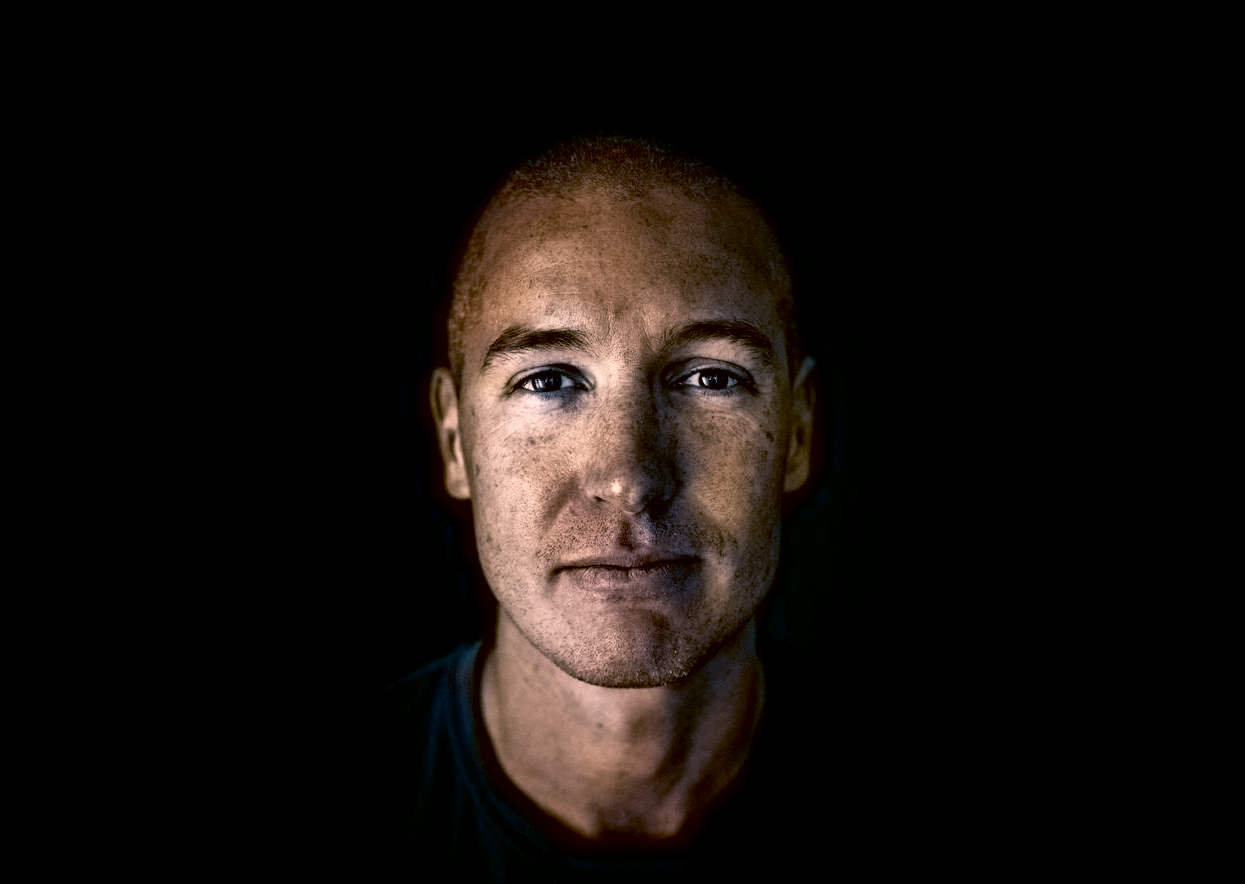In September, Rainmaking announced that it would accelerate plans for a no-fee model of working with clients. No day rates for consulting, but instead, a share of ventures built together with the client.
The move aroused a lot of debate among innovation consultants. Is the fee model dead? Or does shared ownership blur the lines too much between client and consultant?
Actually, the risk-sharing model is how we have operated Byld right from when we started in 2018.
Byld structures projects so that we assume more risks as each project develops, normally from the labs phase (2nd), as the insight phase (1st) is more consultative. The percentage of equity differs on every project. We don’t have the financial capacity yet to inject cash but we assume around 25%-40% in each venture in exchange for our work.
The agreement with every corporation is different, but legal agreements are usually focused on exit gates and how equity is shared.
This is why we have opted for the model:
You can’t pay a fixed price for an unknown outcome.
Of course, the fee-model has its advantages. Maintaining a customer-supplier relationship through the collection of fees makes the ownership of the venture clearer for the corporation while for the external company it means a secure income and a clear project horizon when it comes to managing internal resources.
However, the essence of innovation is to look for business models, technologies or products that do not exist as such or are going to be applied under different conditions or environments. Innovation carries a lot of uncertainty — and that is where the upside is generated. Our experience tells us that it does not make sense to pay/charge a fixed price for "something" that we do not yet know what it will be or how many benefits it might bring.
Corporates want results.
Corporations are no longer happy to pay fees to the consultant on duty (whether it is one of the Big4 or an innovation boutique), whose main motivation is to extend the project sine die and without a clear link to results. What they demand now is that consultants are involved in the project and assuming some of the risk is the best way to demonstrate this.
All innovation is risky — even incremental innovation.
There is a tendency to think certain incremental innovation projects — particularly those that are very close to the core of what the corporation already does — come with no risk, so there is no need to have a risk-sharing payment structure.
We disagree. It is still possible to measure results, to share the benefit or to calculate the savings.
There are already many models of sharing the gains: success fees, revenue share, payment on certain milestones, hybrid models, it isn’t hard to adapt these for an economic agreement.
It is a way to innovate faster.
We also believe that open innovation is about sharing skills and resources by both parties to reach goals further, and faster, and this is achieved by creating a partnership relationship, not a client-supplier one. This approach means projects arise and are unlocked more easily.
We like to be fully transparent, so we need to say that we do charge fees in some very limited cases, often when the corporations themselves do not want to share risks with us. Sometimes corporations may not want to share ownership in certain projects because they want to have complete control over a venture that is of strategic importance. We might opt to charge a fee in cases where there is difficulty in estimating the corporation’s internal resources needed for the development of the project or where the scope of the project is very delimited. But these cases are rare.
At Byld we don’t have huge financial muscle, no big fund, or great sponsors supporting the company. So following this model risks the survival of the company each time. But we have still opted to do it.


